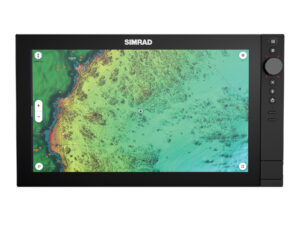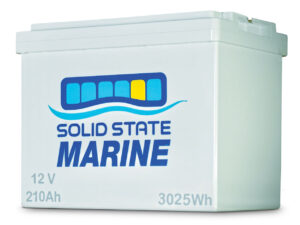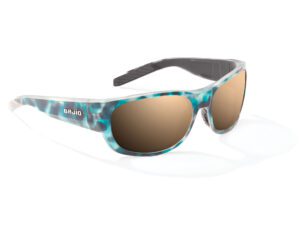It was an eerie feeling. Seakeeper staff captain Pete Nolan laid the company’s 35-foot Contender broadside to a 3-foot powerboat wake outside Annapolis, Maryland and unlocked the Seakeeper 3DC gyroscope installed under the leaning post. We felt only a mild wiggle as the waves slid beneath us. Then he ran the triple-engine boat back to the plodding cabin cruiser and laid us broadside to its trail- ing seas again. This time, he locked the gyro first, and as expected, the Contender rocked hard … until he unlocked the 3DC again, and the boat calmed down instantly. “It’s magic, isn’t it?” Nolan observed with a grin. In hard numbers, the Seakeeper reduces roll by up to 95 percent, and aboard this Contender specifically, it eliminated 96 percent of roll.
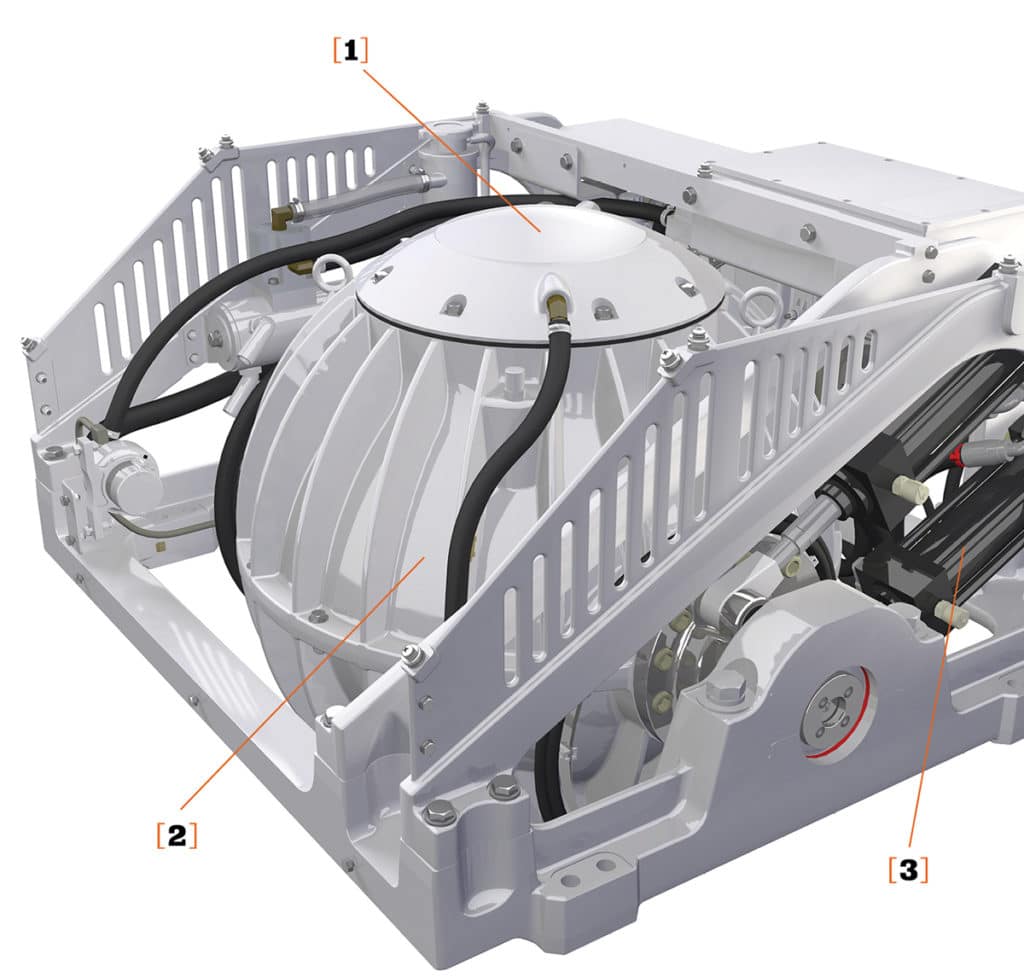
We were also impressed with how compact the system is, taking up space equivalent to a large cooler (30.1 inches long by 29.8 inches wide by 24.7 inches tall) and making sound no greater than the big Yamaha engines at 1,000 rpm (62 to 64 decibels). The Seakeeper 3DC’s heart is a 400-pound steel hemispherical flywheel that spins in a vacuum at 6,400 rpm, producing stabilizing torque powerful enough to hold the 15,000-pound boat level in spite of seas trying to rock it (6,509 newton- meters, or 4,800 foot-pounds). For contrast, the maximum torque that a single 425 hp Cummins QSB 6.7 diesel exerts to turn its crankshaft is 1,050 foot-pounds.
SEE VIDEO OF THE SEAKEEPER 3DC IN ACTION
The gyro requires around 30 minutes to “spool up” to wave-damping rpm. The flywheel spins on a vertical shaft mounted in a stout frame with pivots on each side that allow it to swing fore and aft through an arc of 70 degrees. Seakeeper’s active control optimizes torque output by controlling the rate at which the sphere pivots fore and aft. Seawater cools a circulating mixture of water and glycol through a heat exchanger.
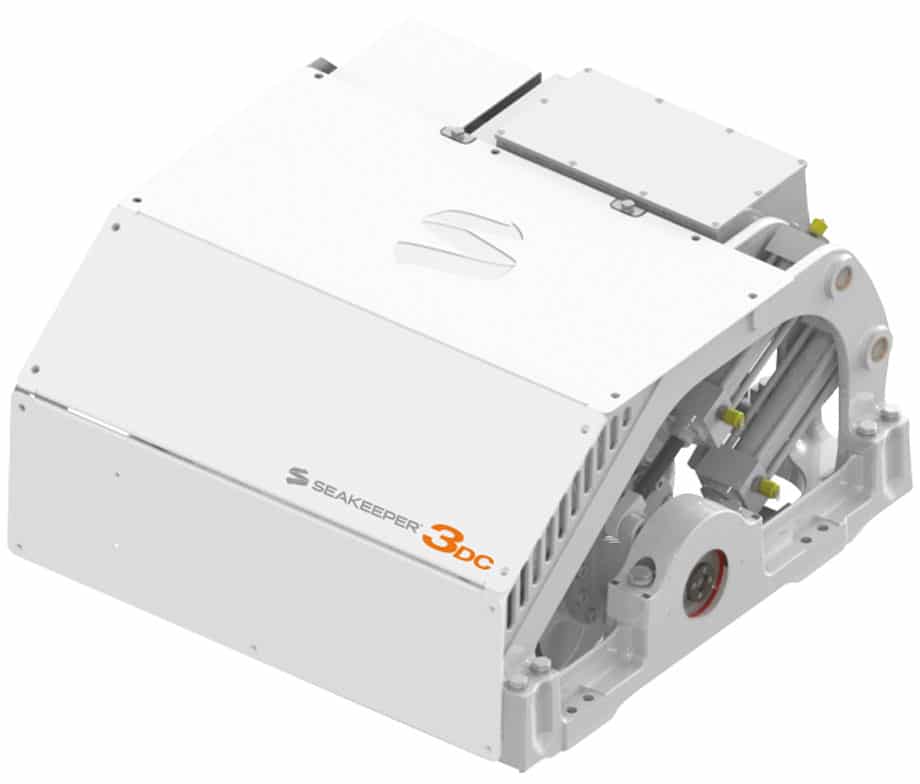
The gyro’s aluminum frame is fitted to the stringers so it transmits that stabilizing force directly to the hull. The forces are enor mous and so any boat, aboard which a Seakeeper 3DC is installed, must be structurally sound. Seakeepers need not be installed on centerline.
The 3DC is the smallest of Sea- keeper’s six models, suited to vessels up to 140 tons. Larger models run on alternating current (AC), normally supplied by a generator. The 3DC requires you to install an inverter to convert DC to AC. It uses a maximum 900 watts, and, wired to a bank of four, 100 amp-hour (Ah)batteries used to half their total capacity — 200 Ah — it should provide stabilization for about 5 hours.
Seakeeper says that boats as small as 30 feet in length can carry the 3DC, and the company’s engineers continue to refine the product. Clearly the small-boat bluewater fleet is about to see fewer bruises and less fatigue in hard-fought tournaments, but these gyros also promise more happy days afloat with the family as well. Now that’s serious magic.
At the time of this report, the price of the Seakeeper 3DC was $30,800

